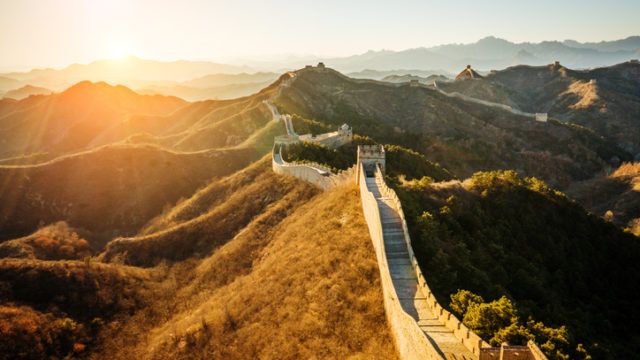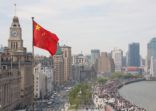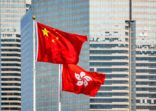Launched in 2006, the QDII programme allows domestic investors, including banks, security companies, asset management firms, insurance companies and trust companies, to invest in offshore securities. However, SAFE stopped issuing QDII quotas in 2015 due to concerns over capital outflows and their effect on the country’s currency.
Twenty-four firms received fresh QDII quotas of $8.33bn this month, according to SAFE records. In total, QDII issuance increased by nearly 10% to $98.33bn, which have so far been issued to 144 quota holders.
Of the 24 firms, 12 are existing QDII investors and the remainder are newly qualified ones, a Bank of America Merill Lynch report noted.
The majority of the new QDII quota issuance was granted to asset management firms, which received $5.55bn in quotas, according to the report. Insurance companies received $1.99bn, securities firms $420m and the rest was granted to trust companies.
“While asset managers got the majority of this new batch, we believe more could be granted to this group of investors,” the BofA Merrill Lynch report said.
The new QDII issuance comes just right after SAFE said earlier this month that it was planning to revive the QDII programme.
Besides the QDII programme, SAFE also increased the quotas of Shanghai’s qualified domestic limited partnership (QDLP) and Shenzhen’s qualified domestic investment enterprise (QDIE) programmes to $5bn each, according to a separate statement from the regulator. Previously, the quota for the QDLP scheme was $2bn, and the quota under the QDIE scheme was $2.5bn.
Both the QDLP and QDIE programmes allow foreign asset managers to raise money onshore to invest in offshore alternative investments, such as private funds, hedge funds and real estate.
So far, only 15 firms have been granted a combined $1.23bn in QDLP quotas since the programme’s launch in 2013. However, just like the QDII scheme, Chinese regulators stopped giving out quotas in 2015 to control capital outflows.
















